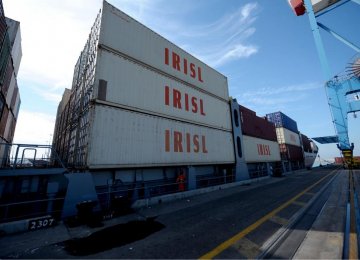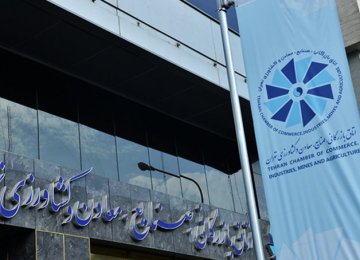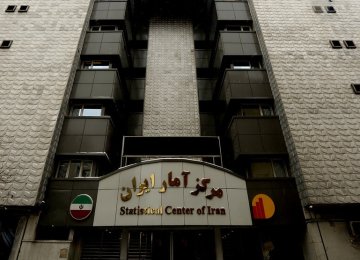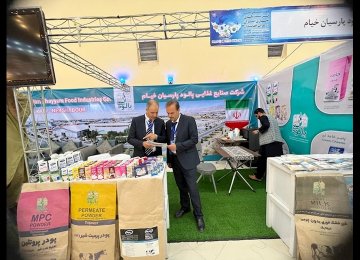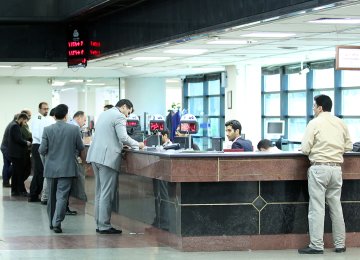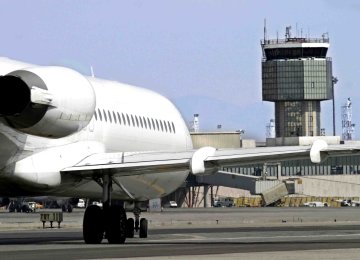A recent report published by the Ministry of Economy and Financial Affairs has reviewed the progress made in privatization of rail and sea transport during the last Iranian year that ended on March 20, 2015.
In Iran, discussion on privatization dates back to the 90s. However, a major step forward toward privatization came in July 2006 when the Leader of Islamic Revolution Ayatollah Seyyed Ali Khamenei approved and decreed a new interpretation of Article 44 of the Constitution, calling on the government to accelerate the process of privatization in line with the targets envisioned by the 20-Year National Vision Plan (2005-25), which in turn promotes economic development, social justice and poverty alleviation.
Article 44 of the Constitution compels the government to transfer 80% of the shares of state-owned companies to nongovernmental entities.
Although the ownership of shipping and ports sector cannot be delegated to the private sector by law, significant progress has been made in privatizing the operational activities of the sector as it is estimated that privatization of ports would have attracted over 20 trillion rials ($679.4 million based on official exchange rate) of investment by the end of the Fifth Five-Year Economic Development Plan (2016), according to the Persian daily Taadol.
Rail transport, however, lagged far behind during the review period. Similar to ports and shipping sector, the ownership of railroad cannot be delegated to the private sector. However, up until now, only 50% of the privatization plans for the sector starting in 2004 have been completed. The progress has remained limited to the delegation of passenger and cargo wagons to the private companies whose number stands at only 53.
Rail and sea transport development requires large financial resources and the limited resources of the government cannot sufficiently respond to their growing needs. That is why privatization of operational activities of the two sectors is of prime importance and has been followed diligently during the past decade.
> Railroad Privatization
Logistics is one of the major areas where the private sector should be involved. In ports, the private sector utilizes the infrastructural facilities to participate in the distribution of commodities. In parallel, the private sector should be invited to participate in the development and construction of wharves, which is solely conducted by the government.
The benefits of privatization in rail transport sector is also numerous. Once transport fees are liberated, Iran's Railroad Organization could earn more. In the meantime, the traditional structure of the industry becomes more competitive with the active involvement of private firms, while the services and their quality will also be diversified. Job creation is among other advantages of privatization in this sector.
> Increasing Investment
Certain measures are necessary to attract investment in the railroad sector. The government, as the first step, should reduce involvement in pricing, especially in passenger transport. This will create a competitive environment to offer quality services. The Islamic Republic of Iran Railways should also clarify relations with investors in the framework of public-private partnership.
Providing loans, extending the loan ceiling and diversifying finance methods through contracts with several banks are among other measures that can help the rail transport network expand faster.
The main purpose of railroad privatization is to increase the share of rail transport in the market by improving service quality and accountability. This requires long-term cooperation between IRIR and the private sector.
The privatization process should be extended to other lines of work, including services and maintenance. As said earlier, the private sector is solely involved in the operation of cargo and passenger wagons.
In the ports and shipping sector, the key purpose behind privatization in most countries is to facilitate trade, improve productivity and reduce the burden of costs on the government. However, it is necessary to make changes including but not limited to reviewing the tariff system for storage and ships that need close monitoring and precise planning. Improving supervisory and monitoring mechanisms, in the meantime, will enhance security and increase port traffic.
Intro: Rail and sea transport development requires large financial resources and the limited resources of the government cannot sufficiently respond to their growing needs
Highlight: Significant progress has been made in privatizing the operational activities of the sector, as it is estimated that privatization of ports would have attracted over $679.4 million of investment by the end of the Fifth Five-Year Economic Development Plan
Caption: In the ports and shipping sector, the key purpose behind privatization in most countries is to facilitate trade, improve productivity and reduce the cost burden on the government.



